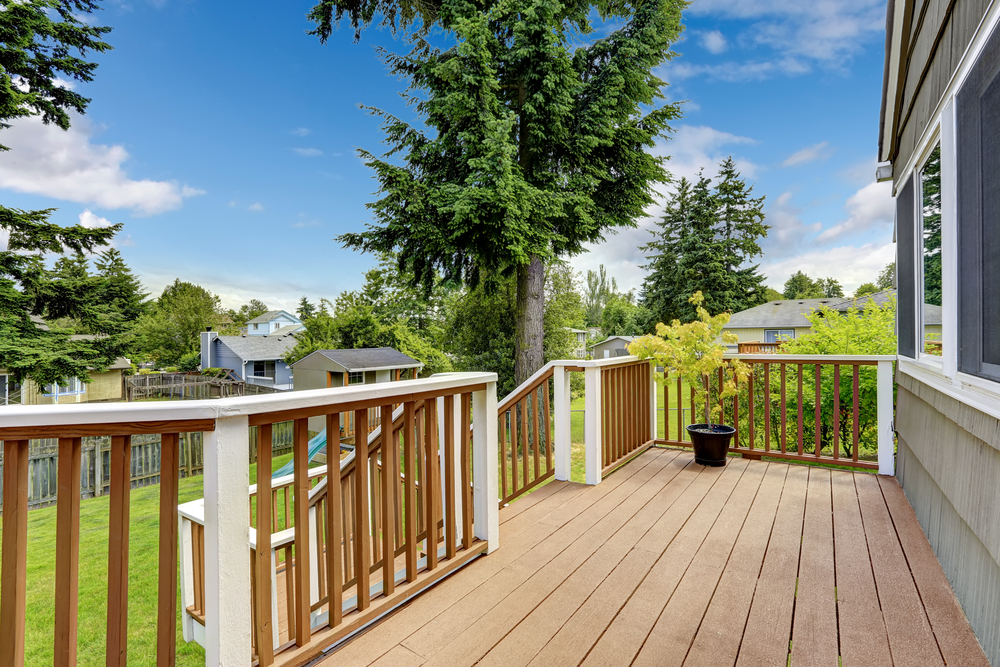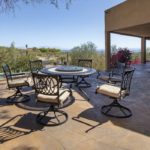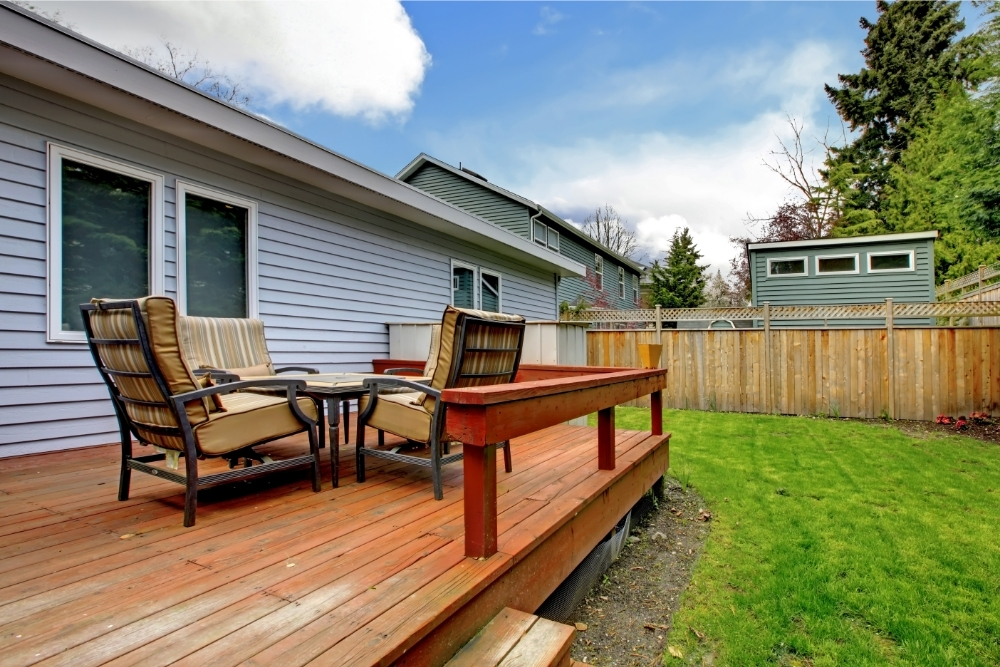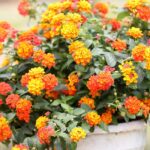Railings are an often overlooked aspect of deck installation, but in certain situations, they’re the most important part of the design.
If a decking has a particularly high rise, it may look lovely and give you a better view of the surrounding area, but it’s also a hazard. You could easily fall off the edge and severely injure yourself, especially, if – like me – you enjoy a few cold ones on your deck come evening.
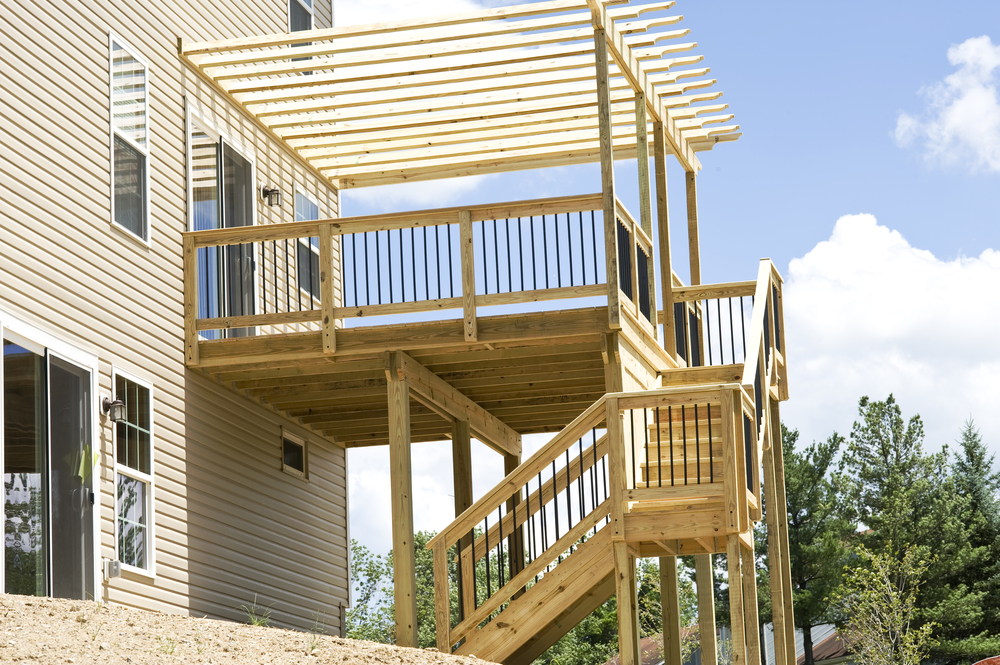
Not to worry, though, folks. We’re going to be taking a look at all the essential code pertaining to deck heights and railings, so you and your cohabitants can enjoy your decking safely.
Deck Code – The Terminology
To understand what I’m waffling on about later in the article, you’ll need to know some essential code terminology.
- Grade – The ground level following on from the edge of your deck.
- Balusters – These are the vertical posts in a railing that stop people falling between the horizontal posts.
- Rise – This is simply the distance between the top of the deck and the grade, or if there are steps involved, it refers to their height.
- Low-Rise Deck – A low-rise deck is any deck with a rise of 30 inches or fewer.
- Support Posts – These are the larger vertical posts spaced out along the railing to ensure structural stability.
- Bottom Rail – While some balusters fit directly into the decking, others will fit into a buffer section known as a bottom rail.
- Handrail – The handrail is the bar you can physically hold to steady yourself.
- Guard Rail – A guard rail is the horizontal top bar of the railing.
How Tall Does a Deck Have to Be to Warrant a Railing?
Now let’s tackle your core query…at what height does a deck need a protective railing? The answer is, if it’s anything other than a low-rise deck, it needs a protective railing of some kind. To clarify, that’s any deck with a rise greater than 30 inches above grade.
You may have seen decks with relatively small rises that still feature railings, but that’s down to the homeowner’s discretion rather than anything set out in code. Railings on low-rise decks are actually quite common, especially if the homeowner is elderly or differently-abled.
Sure, a 12-inch drop isn’t going to cause a healthy adult much harm. At worst, you might be looking at a twisted ankle. But a tumble from that height for an 80-year-old is a whole different kettle of fish.
Railing Height
It’s not just when a railing is necessary that’s penned out in the code, but every aspect of the railing itself, so let’s start by taking a look at the height requirements of a deck railing.
Should your deck have a rise upward of 30 inches above grade, the railing you install needs to measure at least 36 inches up from the surface of the deck. Let’s take a look at a diagram to see what this might look like.
Found at decksgo
36 inches is 3 feet, which is more than half of the average person’s overall height, meaning the majority of their weight will always be firmly anchored to the deck, even when leaning on the railing.
Deck Balusters
Balusters provide the barrier that prevents people from falling through the middle of the railing, so spacing them correctly is absolutely essential. The code stipulates that your balusters should be no more than 4 inches apart at the very most.
Why is this the case? Well, it’s actually all to do with the size of babies’ heads. They’re rarely smaller than 4 inches, so fitting balusters 4 inches apart keeps those wacky infants from sliding their heads through the gap and getting stuck.
My advice is to use a ball with a 4-inch diameter to test the spacing when fitting your balusters. If it barely fits through or won’t fit through at all, you’ve nailed it! These hardwood spheres should do the trick.
If you’d prefer to make the gaps in the balustrade even thinner, feel free. There are no rules in the International Building Code that state that this shouldn’t be done. If you want to keep cats, dogs, and any other small critters from poking their furry heads through the gaps, going thinner is the only way to do so.
Bottom Rail
Like the balusters, the bottom rail should be no more than 4 inches from the top surface of your decking, otherwise, a baby could get its head lodged in the gap.
Support Posts
Support posts give the railing a robust structure. They’re the strongest points of the entire railing system and should be placed at every 6-foot interval along the perimeter of your deck. Their job is to reinforce the thinner balusters and increase the weight capacity of the railing as a whole.
Handrails
If you’re installing handrails on a section of railing running along a set of stairs, it must have a minimum diameter of 1¼ inches or a maximum diameter of 2¼ inches. This is to make it graspable for as many hand sizes as possible.
Any handrails must extend at least 12 inches from the thread holding it in place at the top of the stairs, and there must be no obstructions around the landing area. It should continue along the entire length of the stairway, at a height of between 34 and 38 inches above the front of the stair edge.
Weight Resistance
Every single part of your deck railing needs to be able to withstand a minimum of 50lbs of pressure per linear foot, and the guard rail itself must be able to withstand 200lbs of horizontal force at all points, as do handrails.
Anti-Climb Precautions
To prevent children from climbing up a railing and falling over the edge of your deck, some states have imposed restrictions on rigid sections set horizontally at 45° or above between the 4” and 34” center section of the railing.
Deck Railing Diagram
Let’s bring things to a close by examining a diagram that covers all the essentials we’ve discussed today.
Found at mycarpentry
Summing Up
There you have it, folks. These are the core rules for installing a deck railing as laid out by the International Building Code; however, it’s always wise to check with the local authorities for regional variations in the rules before getting started. Best of luck!


